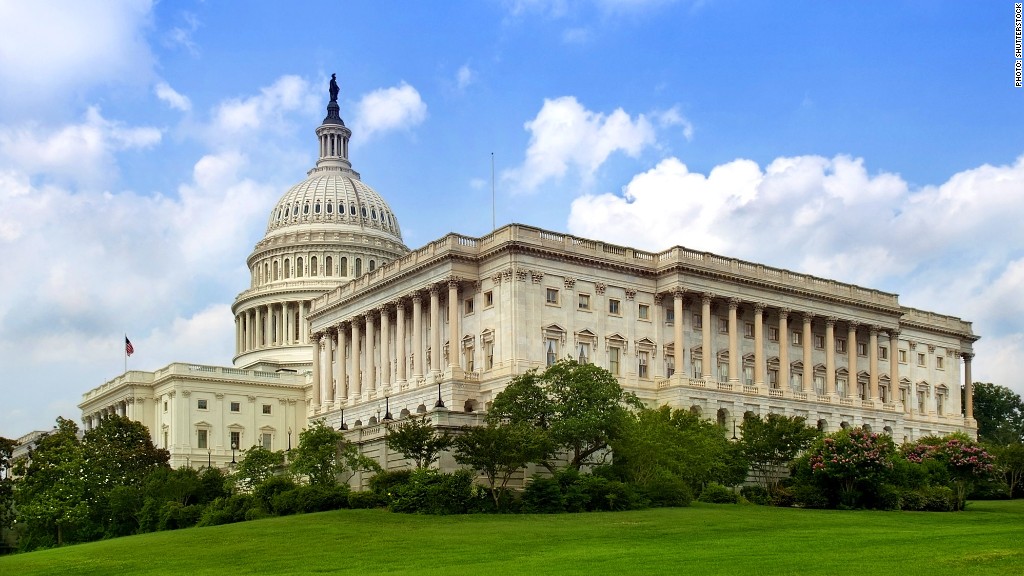
There are umpteen numbers, scenarios and assumptions in a new long-term budget analysis released by the Congressional Budget Office on Tuesday.
But the essential takeaway is this: While lawmakers have made progress knocking back near-term deficits, they have done very little to rein in the country's long-term debt.
The main reason: Very few of the actions taken in the past few years to improve the fiscal picture have addressed the drivers of the debt. And the economic recovery hasn't been strong enough to compensate.
Instead, short-sighted, poorly targeted policies were cobbled together as a way to tamp down episodes of political brinksmanship -- whether it was the 2011 debt ceiling crisis or last year's fiscal cliff.
Timeline: 3 years of budget follies
"The federal budget is on a course that can't be sustained indefinitely," said CBO Director Doug Elmendorf, making a point he has made many times in the past.
Here's what he means:
Higher interest rates combined with an aging population, slower-growing but still rising health care costs and expanded federal subsidies for health insurance will push spending much higher over the next 25 years.
If Congress chooses to continue with current budget policies, spending on the major entitlement programs and interest on the debt will double or more than double as a share of the economy, while spending on everything else would fall to the lowest level as a percent of GDP in 70 years.
Related: Pessimism deepens over budget standoff
The CBO estimates that the combined effect would mean total spending at 26% of GDP by 2038, well above the historical average of 20.5% as well as the 22% the country spends today.
Revenue, meanwhile, will be seriously outpaced by spending. It is estimated to rise to 19.5% of GDP by 2038, well above its historical average of 17.5%.
Bottom line: The widening gap between spending and revenue will cause the country's debt to grow indefinitely as a share of the economy starting after 2018 -- a trajectory that eventually will prove unsustainable.
CBO estimates debt held by the public would reach 100% by 2038, up from 73% today, which is already high by historical standards. Add in the economic effects of the debt and it looks more like 108%.
All these percentages would be much higher if Congress were to adopt more relaxed fiscal policies going forward, including canceling the across-the-board spending cuts known as the sequester and keeping taxes lower.
How Congress should improve the situation involves difficult decisions. Cutting spending or raising taxes too much, or too suddenly, can hurt the economy. Yet higher taxes and spending cuts, including reduced benefits for future retirees, are the basic options on offer.
But finding bipartisan agreement on the right balance has hobbled Congress for years.
The CBO report lands at the start of what promises to be yet another bruising battle over the budget and debt ceiling this fall -- a battle that has a new twist this year -- a push by a group of House conservatives to defund and delay the implementation of Obamacare.
That battle is likely to be marked with yet more rounds of 11th hour brinksmanship. So whatever deal is eventually struck to keep the government funded and raise the debt ceiling very well may not comprehensively and adequately address the long-term fiscal imbalances.


